My only previous time in Brussels was on our 1985 trip to
Belgium when we went there on a day trip from Waregem. I recall it being warm
and sunny and very crowded around the Grand Place and nearby Mannekin Pis. I’m
somewhat vague as to what else we really saw in the city but remember walking
around the upper town near the Royal Palace. We also went to the Atomium, part
of the 1960 World’s Fair, on the northern outskirts. The long escalators
through the tunnels which hold together the electrons on the atom were fun, but
I don’t think there was much else there to see.
I arrived quite early in Brussels and struggled to get my
bearing as I left Gare Central. Before I k new it I found myself on the Grand
Place on my way to my Brueghel Hostel. I guess it’s named for the Brussels
native painter because there’s a statue of him on a plaza beside the church
across the street.
I have to admit to not being very impressed with Brussels at
first. The narrow streets around the Grand Place aren’t all that nice and are
packed with tour group following guides carrying flags or umbrellas to stay in
sight, each yelling their story about what’s around. There’s a comic strip
museum, a Jacques Brel center devoted to the Brussels crooner, and a museum of
Mannekin Pis’s wardrobe. It’s all very touristy. Mannekin Pis himself is cute
but small and even fairly early in the morning surrounded by masses of tourists
who each want to be photographed with him behind. Incidentally there’s also a
Jenneke Pis, a peeing little girl, on a side street in the opposite direction
from the Grand Place near Delirium Brewery.
I suppose to have a statue of a little
boy peeing without having an equivalent one of a little girl peeing would be
sexist.
I must admit that as I walked farther through the city
center I remained mostly unimpressed. The shopping streets north of the Bourse
seem filled with cheap stores and a mostly immigrant crowd. In central Brussels
it sometimes feels like you’re in Multiculturalia rather than Europe or even
Belgium with the number of Middle Easterners and Africans. We keep hearing in
the news about Brussels being a den of terrorists hiding out among its huge
immigrant population to the point where the city was on lockdown because of
credible terrorist attack threats for a while in November 2015 when my brother
and sister-in-law were planning to go there. There are some phenomenally ugly modern
buildings around the center of Brussels as well, built back when ugly in
architecture was the in thing. Boulevard Aanspach, one of the major
thoroughfares through town is also entirely a construction site, apparently the
road being eliminated in favor of a greenbelt park. By and large central
Brussels isn’t a beautiful place the way the centers of many large European
cities are.
But with time it grew on me and I got to like it better over
the couple days I was there. First of all, the Grand Place is absolutely
stunning, maybe one of the most beautiful squares in Europe in its harmonious
architecture with lots of gold trim. For that the world can thank the armies of
Louis XIV which bombarded Brussels in 1695 and destroyed most of the center.
The guild houses around the square were rebuilt within the next few years with
a consistent look. By the standards of some central market squares in Belgium,
the Grand Place in Brussels really isn’t that large, which makes it very full
of people through the day.
About the only building that was mostly now destroyed on the
Grand Place in 1695 was the gothic style Stadhuis/Hotel de Ville/City Hall. I
booked a guided tour because I heard the interiors are quite impressive and had
a very informative guide. Interestingly, the city of Brussels is only one town
of about thirty in the Brussels region, a small pentagon of a couple square
miles and 175,000 residents within the larger region of over one million.
Brussels city hall is only of the small city; each of the other towns lake
Schaarbeek, Anderlecht, Etterbeek, Molenbeek, among other that make up the
capital region have their own city halls.
One of the things Brussels is known for is its traditional cafes,
cafes meaning places for drinking alcohol rather than just coffee.
And in
Brussels that, of course, mostly means beer since the city and surrounding
region have their own unique style of Lambic and Geuze, which use a special
process but only fermented with yeasts which occur naturally in the air. That
gives them a unique sour flavor which I enjoy but is not to everyone’s
liking. La Morte Subite (Sudden Death)
is one of the most historic of those cafes, one which has its own beer and is
quite atmospheric in its unremodeled look. I also stopped at Delirium Brewery,
famous for Delirium Tremens beer, but this huge place with multiple bars was
more geared toward the hard-drinking tourist. I made the mistake of ordering a
large red Delirium beer, not realizing red meant kriek (cherry) rather than
color. That was quite a lot of the sweet stuff for one sitting! I made a few
stops in other more elegant Belle Epoque style places around the Bourse too to
sample yet more of Belgium’s specialty.
I’m not much into shopping, but Brussels does have a few
very elegant covered shopping arcades near the Grand Place, most notably
Galerie Saint Hubert. They’re kind of like late 19th century
versions of the modern shopping mall, a glass covered narrow street to protect
from the elements. Nice to walk through, but as I say, I rarely buy anything I
can’t eat.
Brussels isn’t particularly known for its churches, but
there is a significant one on a small hill just outside the center. The
Cathedral of Saint Michael and Saint Gudule is thoroughly Gothic in style and
was completed in the early 1500s. It seems quite typical of the style of major
churches in most of Belgium in its predominantly Gothic orientation.
So although I wasn’t initially very impressed with Brussels,
it did grow on me. There’s a lot to see and I’m sure I’ll be back again since I
left much that I didn’t get to, including the Musee Magritte and most of the
sites associated with Victor Horta and Art Nouveau, of which there are more in
and around Brussels than almost anywhere else. There’s much more at the museums
around the CInquantinaire as well, and the Congo Museum at Tervuren in the
suburbs will eventually open after restoration as well. I would like to do a
winter trip to Belgium some time to take in Carnival in Aalst, so I’m sure I’ll
get to the rest of Brussels at a later date.

 Brussels, Brussels, Belgium
Brussels, Brussels, Belgium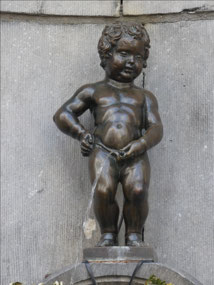
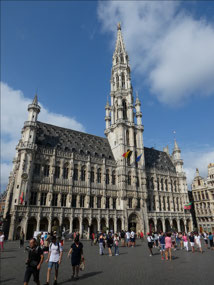
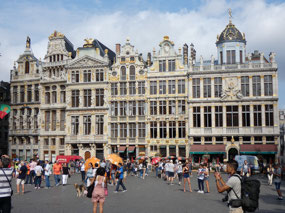
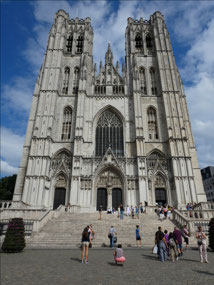




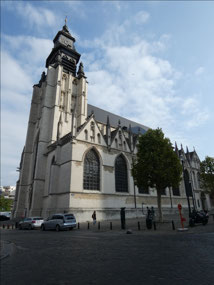
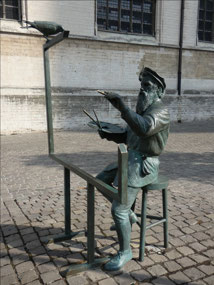
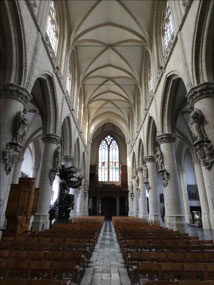
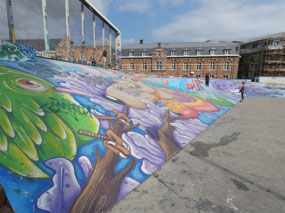
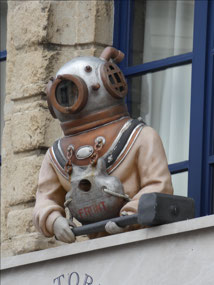
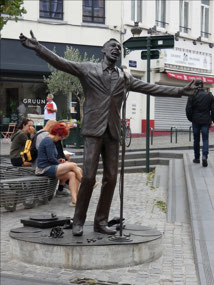
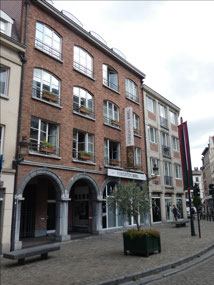
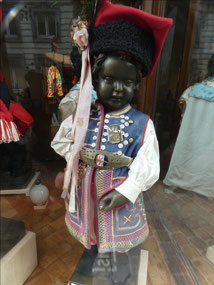
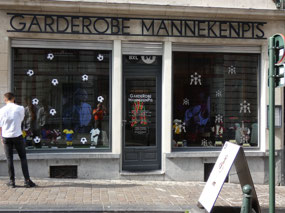
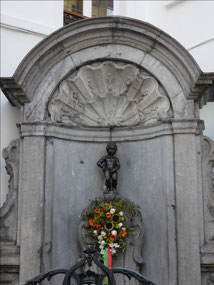
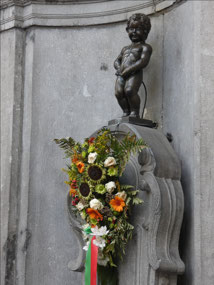
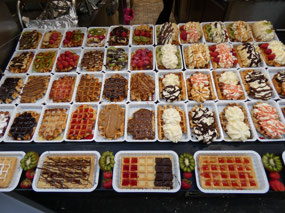
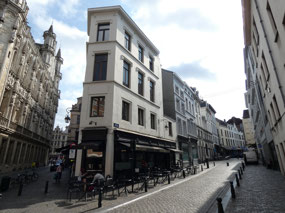
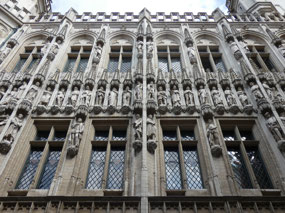
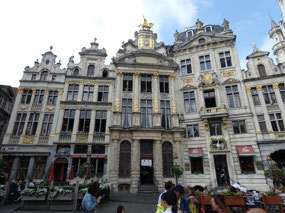
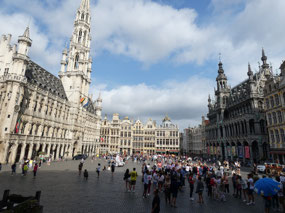
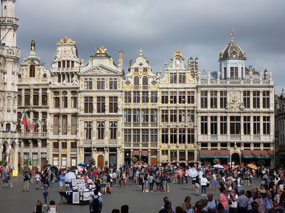
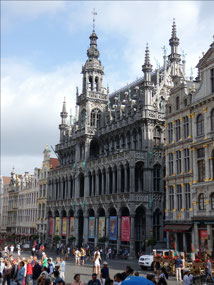
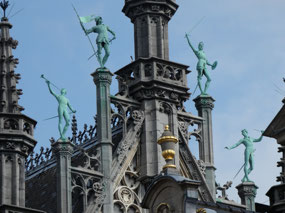
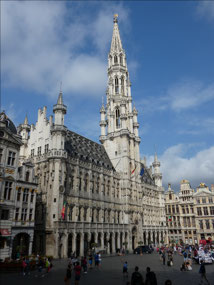
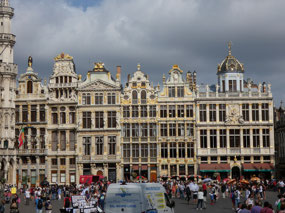

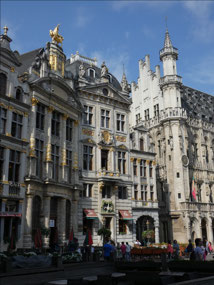
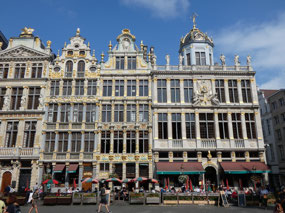
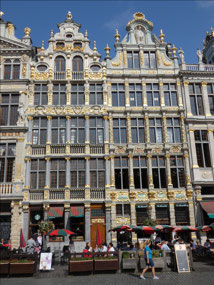
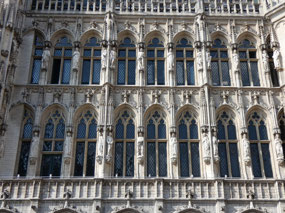
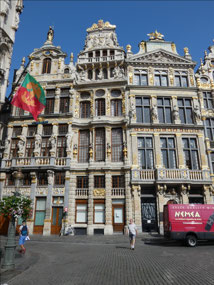
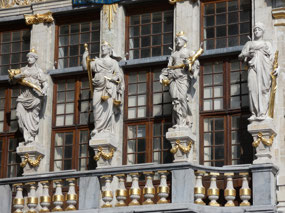
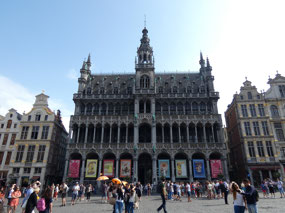
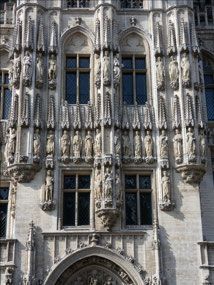
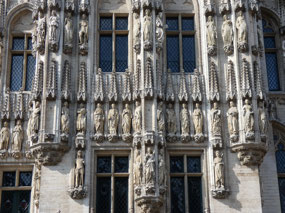
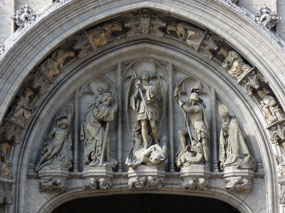

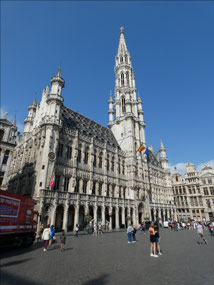
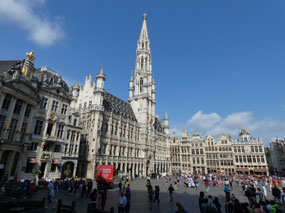
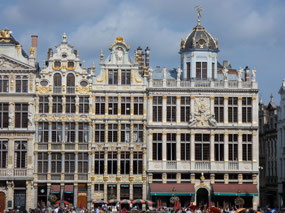
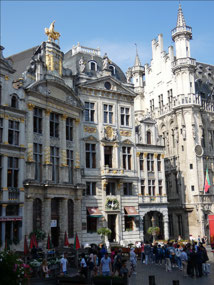
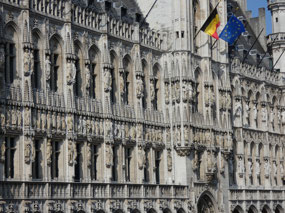
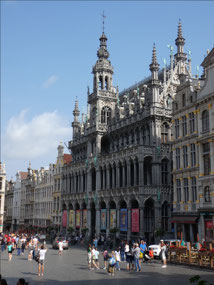
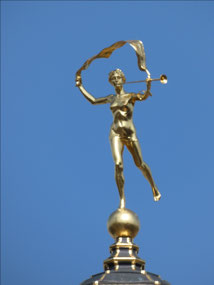
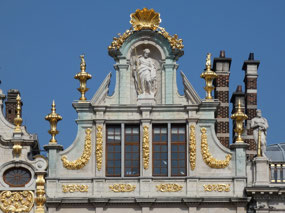

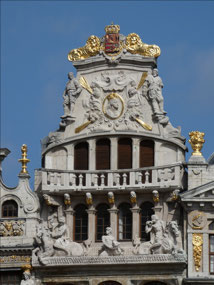
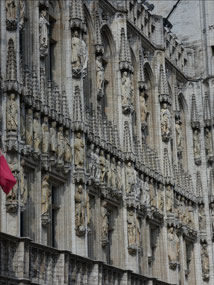
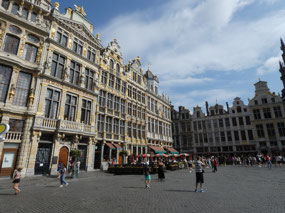

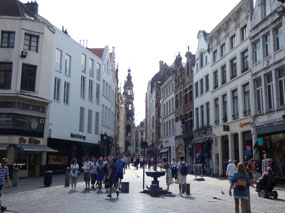
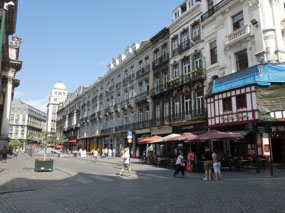
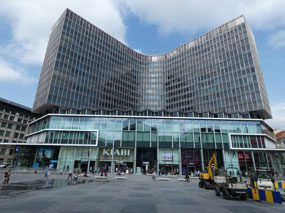
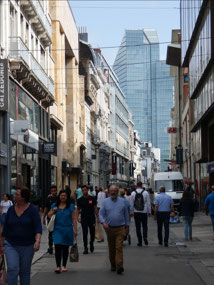
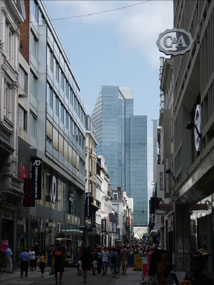
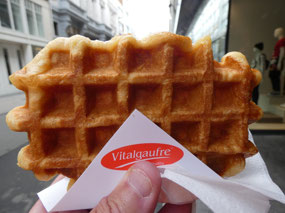

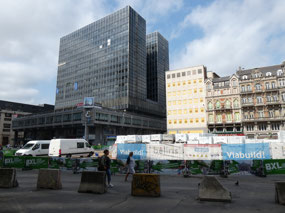
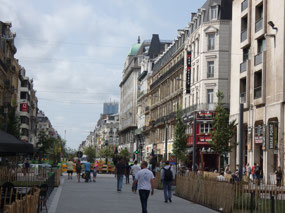
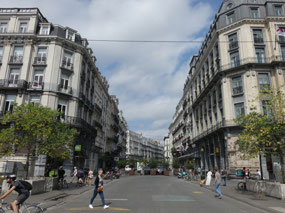

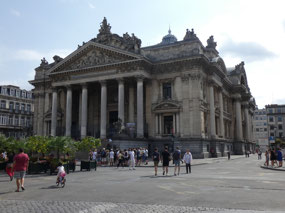
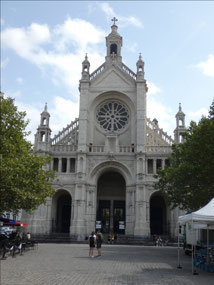
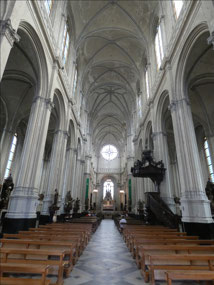
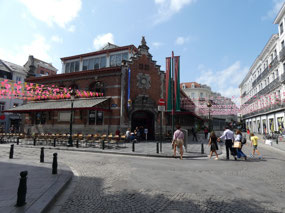
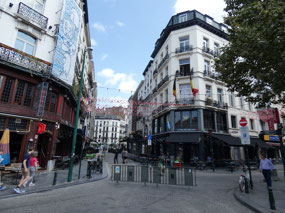

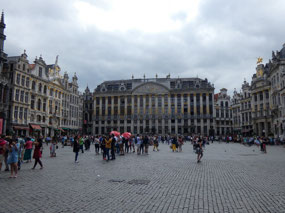
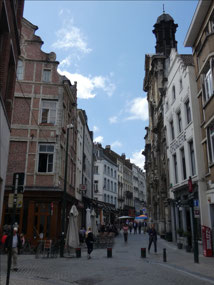
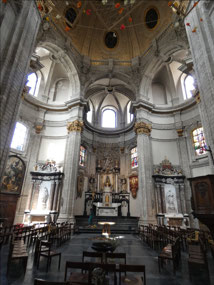
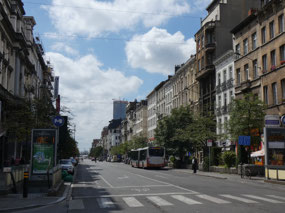
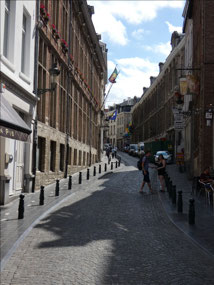
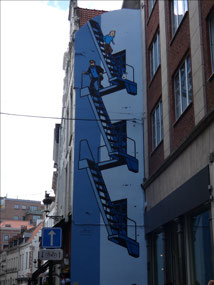
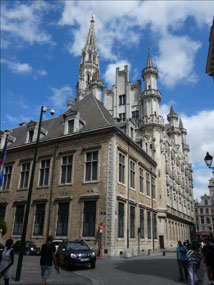
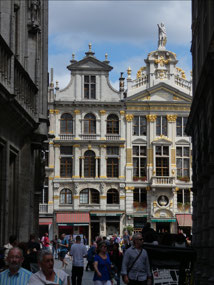
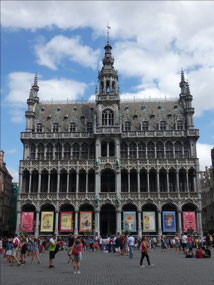
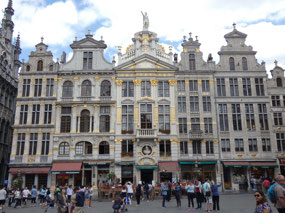

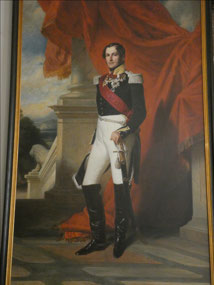
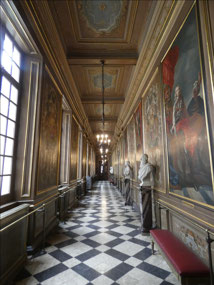
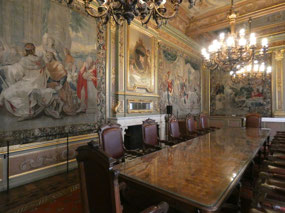
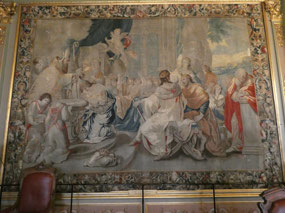


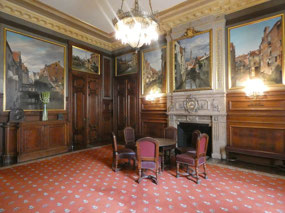
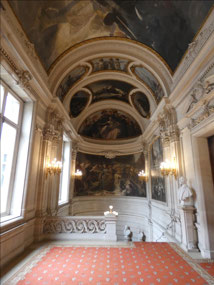
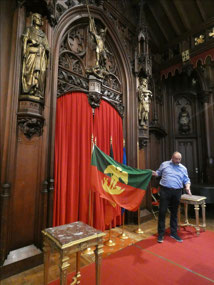
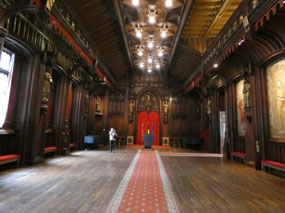
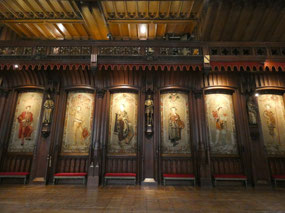
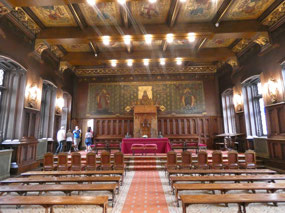
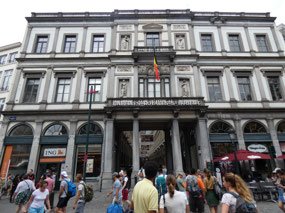


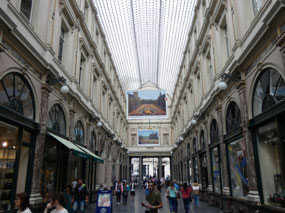
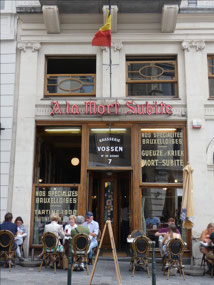

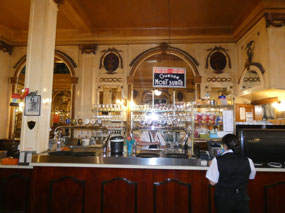

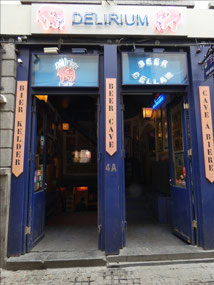
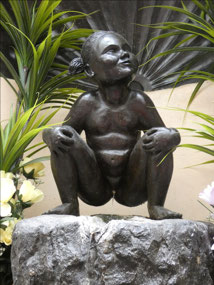
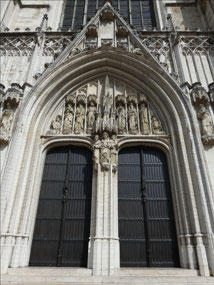

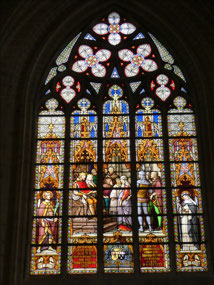
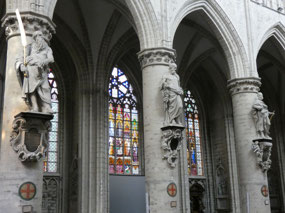
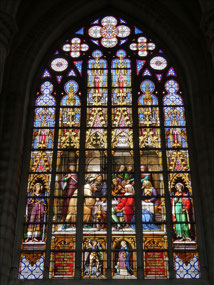
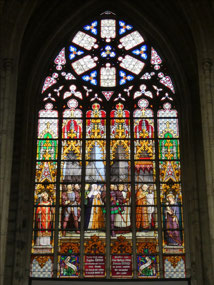
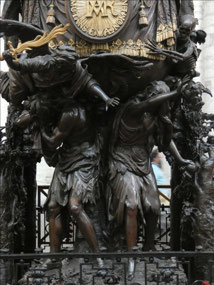
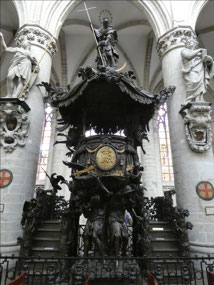

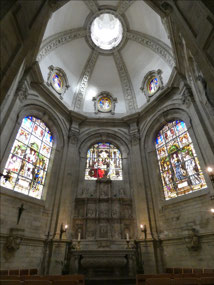
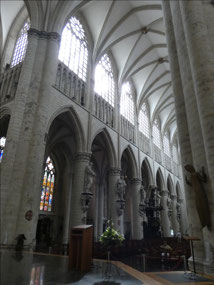

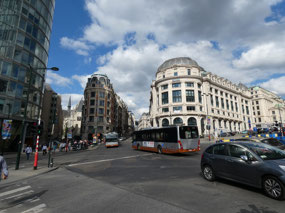
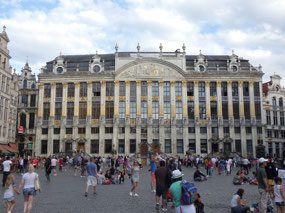
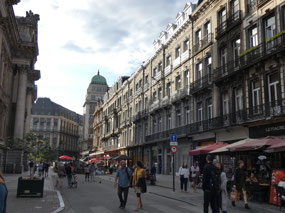
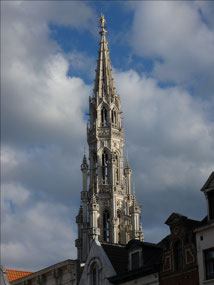
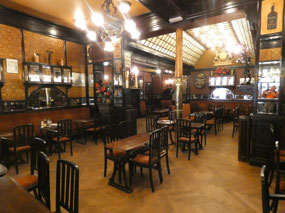
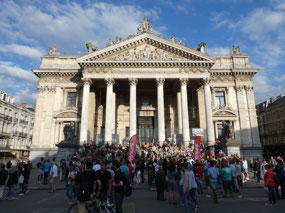
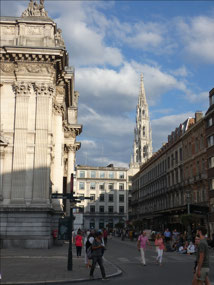

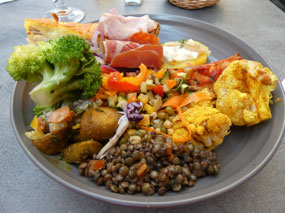
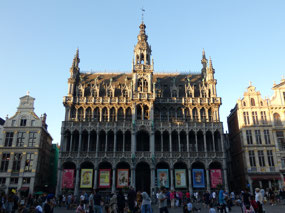
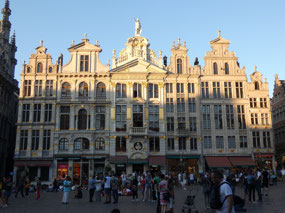
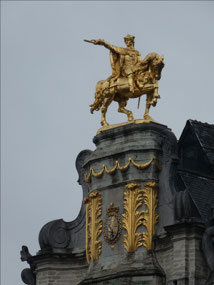
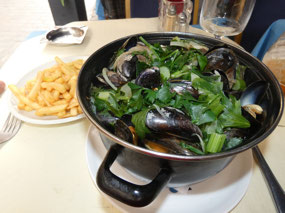
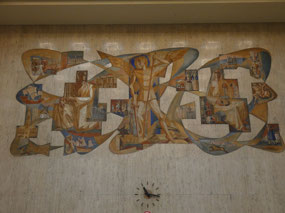
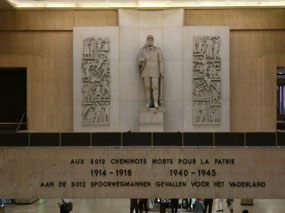
2025-05-22